Introduction
Spring bamboo shoots, celebrated for their crisp texture and delicate flavor, are a seasonal delicacy enjoyed in cuisines worldwide. However, their freshness is fleeting, with unprocessed shoots deteriorating rapidly due to enzymatic activity and microbial growth. Preserving these treasures of the forest requires strategic methods to extend their usability without compromising taste or nutritional value. This article delves into science-backed techniques to maximize the shelf life of spring bamboo shoots, ensuring culinary enjoyment long after harvest season.
Understanding Bamboo Shoot Composition
Bamboo shoots (genus Phyllostachys) contain high moisture content (around 90%), enzymes like polyphenol oxidase, and nutrients that microorganisms thrive on. Their rapid post-harvest deterioration involves:
- Enzymatic Browning: Exposure to oxygen triggers polyphenol oxidase, causing discoloration.
- Microbial Activity: Bacteria and fungi colonize the shoots, leading to spoilage.
- Fiber Hardening: Cell walls stiffen, reducing crispness.
Pre-Preservation Preparation
Proper preparation is critical to preservation success:
- Harvesting: Opt for immature shoots with tight scales to minimize microbial entry.
- Trimming: Remove tough outer layers and basal sections, which harbor contaminants.
- Washing: Rinse under cold water to eliminate soil and debris.
- Blanching: Immerse in boiling water (95–100°C) for 3–5 minutes to deactivate enzymes.
Refrigeration: Short-Term Freshness
Refrigeration slows microbial growth but does not halt it. To maximize 7–14 days of storage:
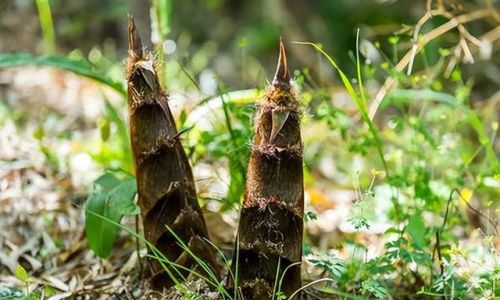
- Temperature Control: Maintain 0–4°C (32–39°F) to inhibit psychrotrophic bacteria.
- Packaging: Wrap in damp paper towels and store in perforated plastic bags to balance humidity.
- Acidulated Water: Submerge peeled shoots in water with 1% citric acid (1g/100ml) to prevent browning.
- Avoid Ethylene: Store away from ethylene-producing fruits (e.g., apples) to prevent accelerated ripening.
Freezing: Medium-Term Preservation
Freezing halts microbial activity and enzymatic reactions, extending shelf life to 8–12 months.
- Blanching Necessity: Pre-blanching (3–5 minutes) ensures enzyme inactivation.
- Packaging Methods:
- Vacuum Sealing: Removes oxygen, preventing freezer burn and oxidation.
- Water Immersion: Submerge shoots in water (leaving 1-inch headspace) to retain moisture.
- Flash Freezing: Spread sliced shoots on trays, freeze until solid, then transfer to airtight containers.
- Thawing: Defrost in the refrigerator overnight to maintain texture.
Canning: Ambient Storage Solution
Pressure canning achieves commercial sterility, enabling 12–18 months of storage.
- Acidification: Add 1–2% vinegar (acetic acid) to lower pH below 4.6, inhibiting Clostridium botulinum.
- Processing:
- Pack shoots into sterilized jars, leaving ½-inch headspace.
- Add boiling brine (1:1 water:vinegar, 2% salt).
- Process in a pressure canner at 116°C (240°F) for 75–90 minutes (pints).
- Storage: Keep jars in a cool, dark place (15–25°C) to prevent heat-induced degradation.
Pickling: Flavor-Enhanced Preservation
Pickling combines acidification and osmosis for preservation while imparting tangy flavors.
- Brine Formulation:
- Vinegar-Based: 1:1 water:vinegar (5% acetic acid) + 2% salt + sugar/spices.
- Fermented: 3% salt brine with lactic acid bacteria starters.
- Methods:
- Quick Pickling: Submerge shoots in hot brine, cool, and refrigerate for 2–4 weeks.
- Fermented Pickling: Maintain at 18–22°C for 3–5 days, then refrigerate.
- Key Considerations: Use non-reactive containers (glass) and ensure complete submersion.
Drying: Concentrated Longevity
Dehydration reduces moisture to <10%, inhibiting microbial growth.
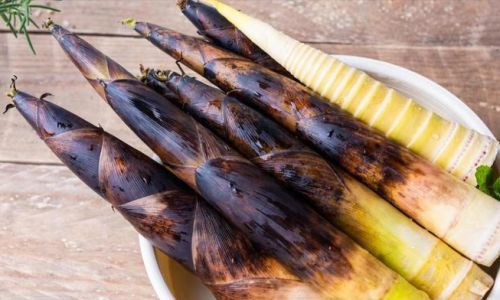
- Pre-Treatment:
- Blanching: Enhances rehydration quality.
- Sulfuring: Optional dip in 0.1% sodium metabisulfite to preserve color.
- Drying Methods:
- Sun Drying: Requires 3–5 days in arid climates (risk of contamination).
- Oven Drying: 50–60°C (122–140°F) for 8–12 hours with ventilation.
- Freeze Drying: Preserves nutrients and texture (commercially viable).
- Storage: Pack in airtight containers with oxygen absorbers; shelf life exceeds 2 years.
Fermentation: Probiotic Preservation
Controlled fermentation extends shelf life while introducing beneficial microbes.
- Lacto-Fermentation:
- Submerge shoots in 3% salt brine.
- Ferment at 18–22°C for 7–10 days until pH drops below 4.0.
- Refrigerate to halt fermentation.
- Koji Fermentation: Inoculate with Aspergillus oryzae for umami-rich products.
- Safety: Monitor pH and discard batches with off-odors or visible mold.
Vacuum Sealing: Oxygen Elimination
Vacuum sealing extends refrigerated/frozen storage by preventing oxidation.
- Equipment: Use chamber vacuum sealers for liquids; edge sealers for dry products.
- Applications:
- Blanched Shoots: Seal raw after blanching for 3–4 weeks refrigerated.
- Marinated Shoots: Infuse with oil/herbs before sealing for ready-to-use portions.
- Limitations: Not a standalone method; combine with freezing/refrigeration.
Advanced Techniques: Combination Methods
Synergistic approaches yield superior results:
- Freeze-Drying: Combines freezing and vacuum dehydration for 25+ year shelf life.
- High-Pressure Processing (HPP): Applies 600 MPa pressure to inactivate pathogens without heat.
- Edible Coatings: Apply chitosan/alginate films to reduce moisture loss and microbial attack.
Quality Assessment and Spoilage Prevention
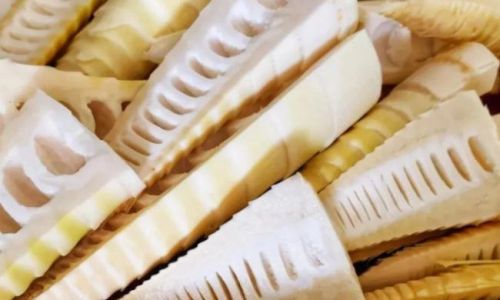
- Visual Checks: Discard shoots with sliminess, mold, or dark patches.
- Odor Test: Rancid or fermented smells indicate spoilage.
- pH Monitoring: Fermented products should have pH <4.6 for safety.
- Avoid Cross-Contamination: Use sterile utensils and containers during handling.
Nutritional and Sensory Considerations
- Vitamin Retention: Blanching reduces vitamin C by 15–20%; freezing preserves >80%.
- Texture Management: Rehydrate dried shoots in warm water (40–50°C) for 20–30 minutes.
- Flavor Profiles: Pickling enhances umami; fermentation adds complexity.
Conclusion
The optimal preservation method depends on intended use and storage duration. For immediate consumption (1–2 weeks), refrigeration suffices. Freezing and vacuum sealing cater to medium-term needs, while canning and drying provide long-term solutions. Advanced techniques like HPP and freeze-drying are ideal for industrial applications. By understanding the interplay of enzymatic, microbial, and environmental factors, enthusiasts and professionals alike can savor the essence of spring bamboo shoots year-round. Experiment with combinations of these methods to balance convenience, quality, and shelf life, ensuring this seasonal gem remains a culinary staple beyond its ephemeral harvest.
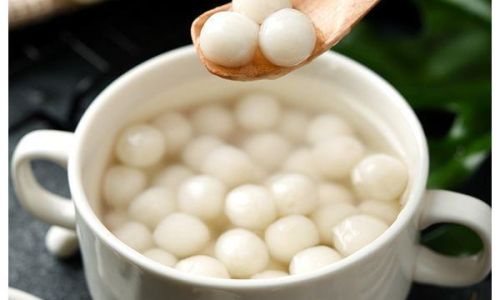
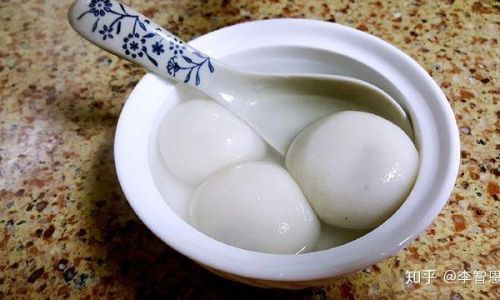
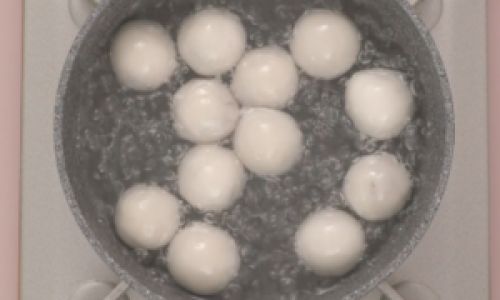
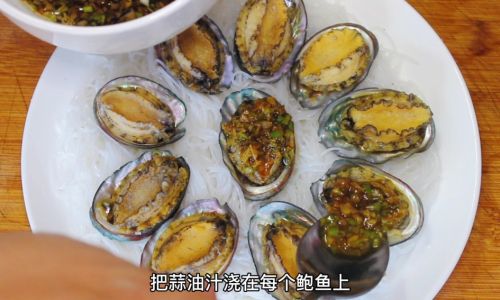
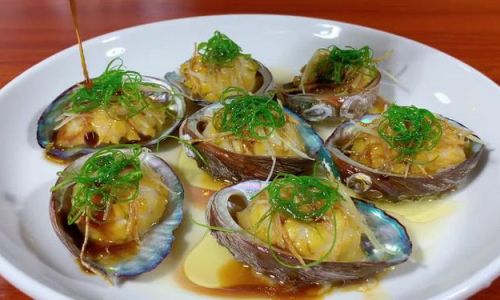
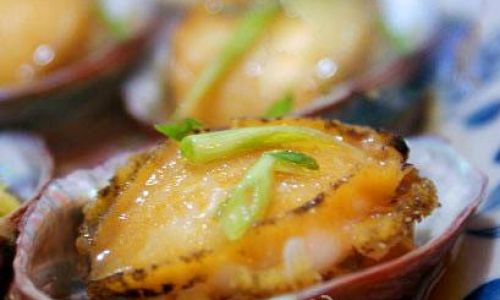
0 comments